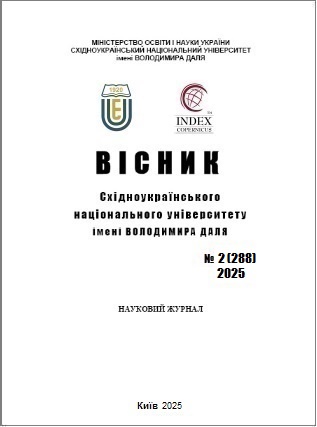Аpplication of the Kalman filter for gas phase monitoring and control of catalytic processes in ammonia production
DOI:
https://doi.org/10.33216/1998-7927-2025-288-2-56-60Keywords:
ammonia synthesis, Kalman filter, concentration monitoring, catalytic processes, process optimisation, digital twins, machine learning, nonlinear filtrationAbstract
The article highlights the theoretical and practical aspects of using the Kalman filter, including its nonlinear modifications, to improve the efficiency and accuracy of control in the ammonia synthesis process. The mathematical foundations of state filtration are considered, the possibilities of real-time monitoring of gas concentrations and optimisation of catalytic reactions are described. It is demonstrated that the introduction of a Kalman filter reduces the influence of measurement noise and delays, ensuring more stable reactor operation, higher ammonia yield and optimal catalyst conditions. An analysis of the latest research and examples of practical implementations shows that the integration of the Kalman filter with digital twins and machine learning methods makes it possible to automate and adapt ammonia production processes, while maintaining high performance and flexibility under conditions of variable load and disturbances.
It is analysed that the use of the Kalman filter and related algorithms in ammonia production opens up wide opportunities for improving the accuracy and stability of control. With the help of these methods, it becomes possible to monitor nonlinear synthesis processes in real time, correct readings of noisy or delayed sensors, and promptly respond to any deviations in the composition of the synthesis gas or catalyst operation. It has been found that the introduction of state filters makes it possible to minimise energy and raw material costs, detect potential failures at early stages, and bring plants to optimal operating conditions, taking into account load dynamics and various disturbances. In the future, self-adaptive filter methods will become increasingly important, which will further simplify the configuration and maintenance of control systems. Thus, the Kalman filter is becoming one of the key tools for the modern ammonia industry, which is moving to a digital paradigm and striving to meet the requirements of energy efficiency, environmental safety and continuous improvement of product quality. Thus, the application of the Kalman filter and related algorithms in ammonia production opens up great opportunities for improving the accuracy and stability of control.
References
1. Humphreys, John, Rong Lan, and Shanwen Tao. "Development and recent progress on ammonia synthesis catalysts for Haber–Bosch process." Advanced Energy and Sustainability Research 2.1, 2021: 2000043.
2. Smith, Collin, Alfred K. Hill, and Laura Torrente-Murciano. "Current and future role of Haber–Bosch ammonia in a carbon-free energy landscape." Energy & Environmental Science 13.2, 2020: 331-344.
3. Welch, Greg, and Gary Bishop. "An introduction to the Kalman filter.", 1995: 2.
4. Fujii, Keisuke. "Extended kalman filter." Refernce Manual 14, 2013: 41.
5. Wan, Eric A., and Rudolph Van Der Merwe. "The unscented Kalman filter for nonlinear estimation." Proceedings of the IEEE 2000 adaptive systems for signal processing, communications, and control symposium (Cat. No. 00EX373). Ieee, 2000.
6. Houtekamer, Peter L., and Herschel L. Mitchell. "Ensemble kalman filtering." Quarterly Journal of the Royal Meteorological Society: A journal of the atmospheric sciences, applied meteorology and physical oceanography 131.613, 2005: 3269-3289.
7. Jiang, Kai, Erming Cao, and Lijiang Wei. "NOx sensor ammonia cross-sensitivity estimation with adaptive unscented Kalman filter for Diesel-engine selective catalytic reduction systems." Fuel 165 (2016): 185-192.
8. Surenahalli, Harsha Shankar, Gordon Parker, and John H. Johnson. Extended Kalman filter estimator for NH 3 storage, NO, NO 2 and NH 3 estimation in a SCR. No. 2013-01-1581. SAE Technical Paper, 2013.
9. Jamal, Alaa, Ahmed Nasser, and Jaap van Rijn. "Real-time ammonia estimation in recirculating aquaculture systems: A data assimilation approach." Aquacultural Engineering 106, 2024: 102432.
10. Lauro, Ezio, Amélie Têtu, and Hélyette Geman. "Green Ammonia Production in Stochastic Power Markets." Commodities 3.1, 2024.
11. Baldassarre, A., et al. "Digital twin with augmented state extended Kalman filters for forecasting electric power consumption of industrial production systems." Heliyon 10.6, 2024.

